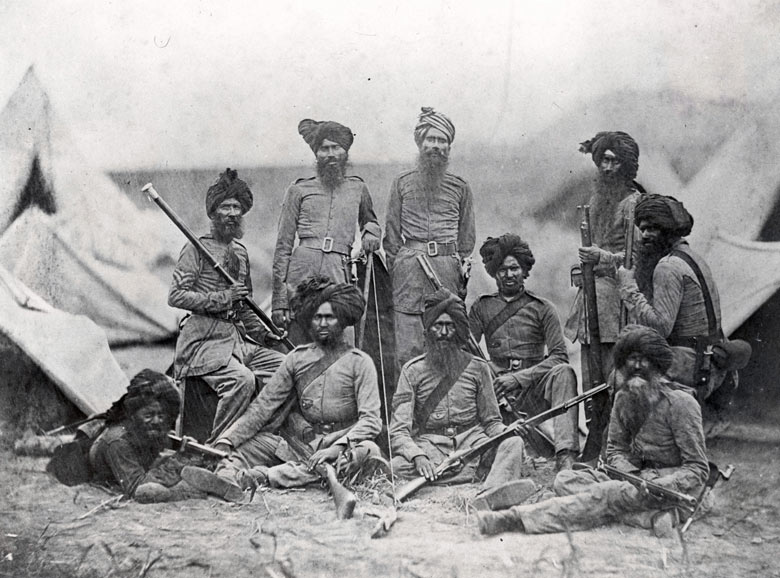
.jpg)
He ruled over the Mughal Empire from 1628 until 1658 and wanted the Taj Mahal built as a place to house the tomb of his wife, Mumtaz Mahal. Its construction was the suggestion of Mughal emperor Shah Jahan. For example, the famous Taj Mahal was built between 16. For instance, Mughal emperors oversaw the construction of many temples, bath houses, and government buildings. Culturally, the Mughal was a high point in Southeast Asia. This makes it one of the largest empires in the history of Southeast Asia. The Mughal Empire existed approximately from 1526 until 1857 and at its height included most of the territory in modern India, parts of Pakistan and parts of Bangladesh. For instance, prior to the arrival of Europeans (including the British), India was ruled over the by the Mughal Empire.

Sepoy mutiny definition industrial revolution series#
India experienced a series of societal and cultural impacts due to the period of British imperial rule. As such, these criticisms of British imperialism in India led to a growth in Indian nationalism and a call for independence from British control. For example, the Great Famine, which is said to have occurred from 1876 to 1878, led to the death of 6 to 10 million people. In fact, it is estimated that as many as 55 million Indians died from famine during the years of British rule in India. This is controversial, because India was stricken by several severe famines at the time, that some suggest could have been lessened with different economic policies. In fact, the British passed laws in India at the time that forced Indian citizens to produce crops for use in English factories instead of producing food crops. The British benefitted from this system because the Indian resources fueled the factory system present in England during the time of the Industrial Revolution. For instance, Britain promoted the export of many of India’s natural resources, especially to industrial England. Whereas, others argue that British economic policies in India were repressive and benefitted the British Empire over the people of India.

As a result, the British benefitted from selling goods to the people of India. Second, India proved to be an important market for the goods that were developed in British factories. The most common of these agricultural resources included: jute, cotton, sugar, tea, coffee and wheat. At the time, India economy was largely centered around agriculture, which would then be exported to England. First, Britain viewed India as a source of raw materials that could be used to fuel the factories in England. This is because India served two important functions for Industrial England. In fact, the factories in England that emerged during the Industrial Revolution came to play an important role in British imperialism in India. It began first in Britain in the 1700s and transformed society throughout the 1800s with the growth of the factory system. The Industrial Revolution is one of the most significant events in all of world history and had a profound impact on the modern world. The economic importance of India to Britain is heavily related to the emergence of the Industrial Revolution in England. In fact, India was often considered to be Britain’s most important colony from an economic standpoint and as a result was referred to as the ‘Jewel in the Crown’.

India was an important part of the British Empire in the late 1800s and early 1900s.


 0 kommentar(er)
0 kommentar(er)
